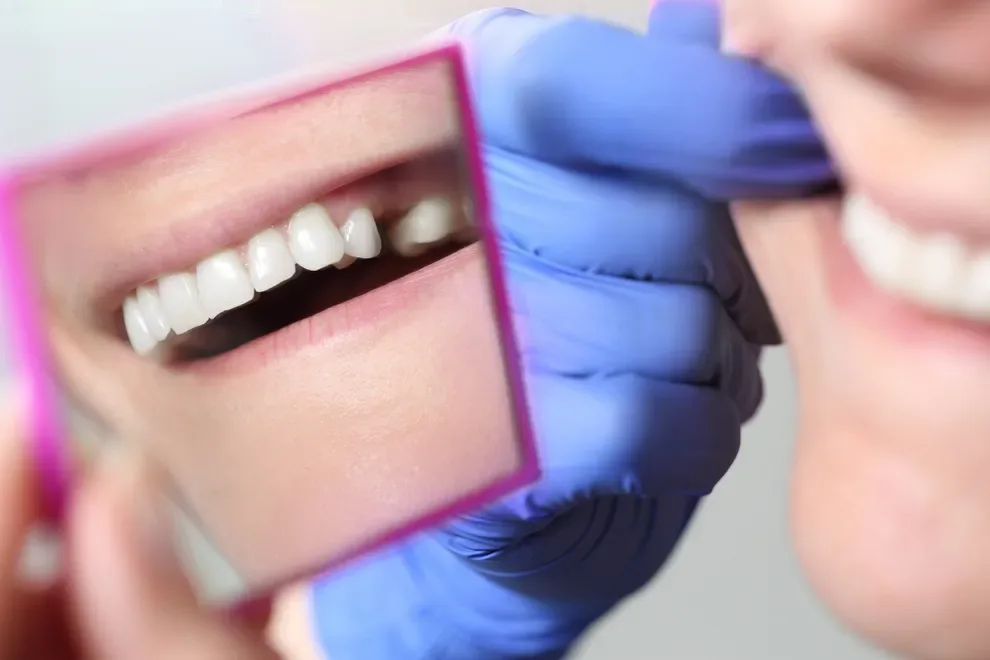Can I Live With a Missing Tooth? Potential Complications & What to Do

Table of Contents
- Complications
- Does Tooth Location Matter?
- How Long Can You Go?
- Tooth Replacement Options
- References
Losing a tooth can be a very stressful event for anyone, whether it’s due to injury, longtime decay, or periodontitis (gum disease). But there’s no need to feel shamed or alone. Missing teeth are very common.
Although tooth loss and decay are preventable in most cases, and the numbers are improving, most adults will not make it through their entire life with a full set of teeth. In fact, the average person ages 20 to 64 has at least three badly decayed or missing teeth.
After losing a tooth, many people are unsure of what to do next. Some may be inclined to consider just living with the missing tooth, especially if they’re older in age or if the tooth is in the back and not highly visible.
But the effects of living with a lost tooth are about more than just aesthetics. Missing teeth can have an impact on your oral and overall health, as well as your well-being — no matter how old you are.
Today, there are many options available to ensure that losing a tooth doesn’t mean you have to sacrifice your smile or quality of life.
Complications of not replacing a missing tooth
While concern about the immediate effects of a missing tooth (worrying about whether it’s unsightly and dealing with the immediate mouth trauma) is a normal reaction to a lost tooth, there are also more short-term and long-term complications to consider. Here are some of them:
Does the location of a missing tooth matter?
While some may worry more about a highly visible missing tooth (like a front tooth), the serious consequences of a missing tooth — including an increased risk of decay, a negative impact on eating and speaking, and possible bone loss — will impact an individual no matter where the missing tooth is.
How long can you go without replacing a missing tooth?
In most cases, it’s never too late to replace a missing tooth. But the earlier a missing tooth is replaced, the better.
Early intervention prevents teeth shifting and the decay and irritation that can accompany it. Replacing it quickly can also prevent bone loss and stop poor eating and speaking habits before they form as a result of the missing tooth.
Options for replacing a missing tooth
There are three main options for replacing a missing tooth.
Dental implant: A porcelain crown (designed to match surrounding teeth) is placed over a screw and cap that has been implanted in the mouth to replace the tooth root. The process for a dental implant will include ensuring that the jawbone is strong enough to support an implant. If it’s not strong enough, a surgical procedure of augmenting the jawbone with bone or bone-like material may be required.
Bridge: Artificial teeth are fused to a metal frame and attached to supporting nearby teeth or implants.
Dentures: Removable dental devices replace all or some missing teeth. These are generally only used in cases of multiple missing teeth or when all the teeth are missing.
